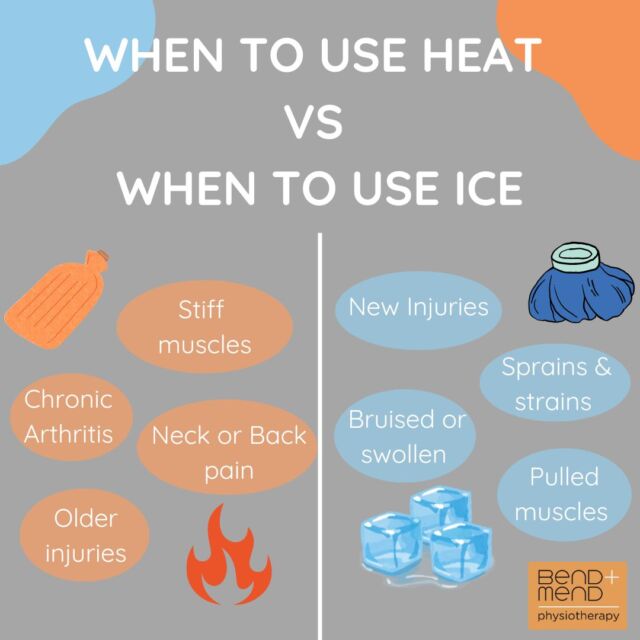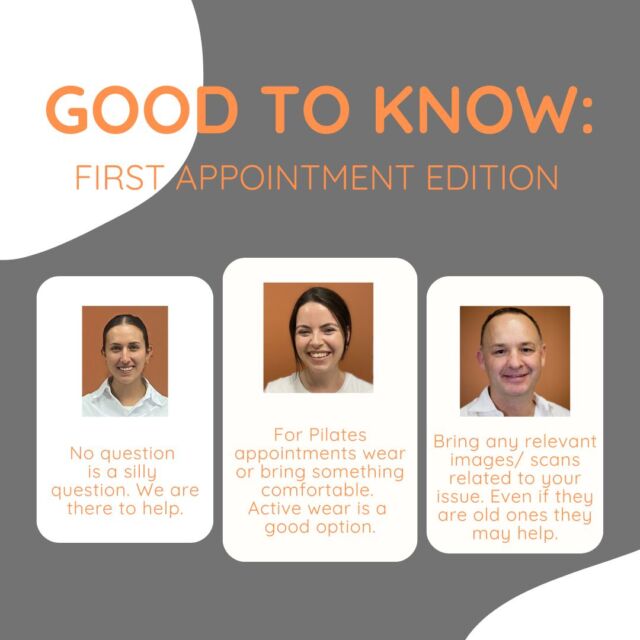Why don’t we scan everyone’s back to see what is causing your low back pain?
A common question we encounter in the clinic with regards to sore backs is, “Do I need to get a scan?”. In the time of the MRI, CT and increasing ease of accessibility to diagnostic imaging clinics, some question wouldn’t it just be easier to scan, and scan again until we find a structure at fault to give us a specific diagnosis? And wouldn’t this help to streamline treatment? We have all seen the episodes of the TV show “House” where the clinician tests, re-tests, confirms a hypothesis and then the patient makes a miraculous recovery by having a specific treatment by the next scene. But is testing the best option when it comes to low back pain? Let’s look at the reasoning behind why we may not scan your back.
The general consensus among researchers is not to scan when we do not have a specific diagnosis that we are investigating. The reasons include the following:
 * Cost: a typical MRI scan can start at $300 and often not covered by private health insurance.
* Cost: a typical MRI scan can start at $300 and often not covered by private health insurance.
* Radiation: a CT scan of your spine can give you up to the equivalent of 7 times your annual radiation from natural sources.
* Time: for things like mechanical low back pain, the time it takes to scan is frowned upon in the medical fraternity as it takes resources from other conditions that require more urgent use of medical imaging services.
* Increased patient concern: as specific as an imaging technique is, it will not only detect changes in structures potentially causing pain, but it will also detect changes in all structures. This leads to increased concern by patients and some practitioners of non-irritable back structures. For example, it is common in 80% of 20 year olds to have a non-symptomatic disc bulge.
* Unnecessary interventions: because a scan can show specific results, people often seek the advice of varying health practitioners which can lead to unnecessary treatments like surgical intervention, for example. In many cases, this is neither appropriate nor necessary as conservative care is often favourable over invasive interventions.
So how do we diagnose your back pain?
This is sometimes not so clear cut either. An experienced physiotherapist will gain a comprehensive history of your mechanism of injury, what aggravates your pain, where you feel pain and/or altered sensation and its severity, as well as any history of relevant injuries and broader health contributing factors. We then use this information to list likely contributing structures to your low back pain. The clinician will then take you through a selection of tests in varying positions to assist in ruling in and out different diagnoses. This then helps scope the treatment modalities, and exercises you can perform, and ultimately guides diagnosis.
When do we scan for back pain?
There are many reasons why we may scan your back. These include when we suspect sinister pathology like fractures, severe unremitting pain, complex neurological deficits, suspected cauda equina injury among other conditions. It is usually the experienced physiotherapist, who has your best intentions at heart, who will guide you on whether or not you require further investigation.
For those who are interested in learning more about different low back pain conditions here is an interesting blog written by my colleague James which highlights nicely three classifications of back pain.
If you are concerned about your back and are not sure where to start, come in and see one of our trusted physiotherapists at Bend + Mend at Barangaroo, Martin Place or Darling Park.







